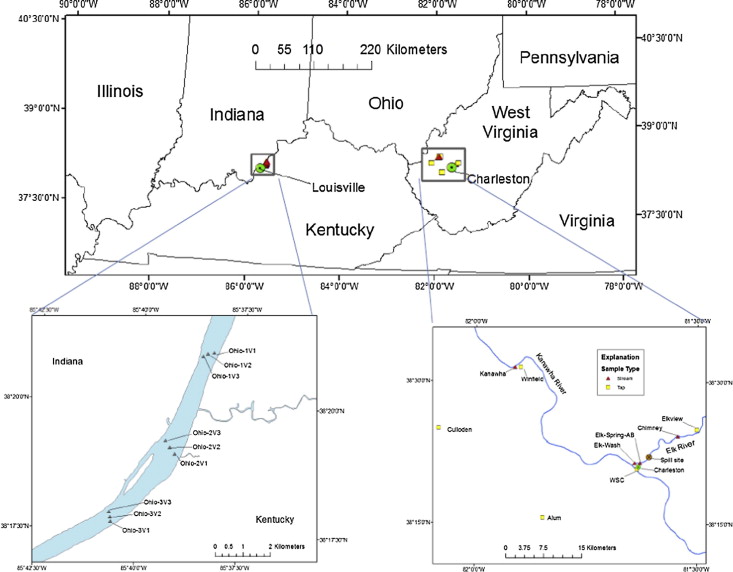
Several days prior, a firm known as Freedom Industries discharged a significant quantity of a licorice-scented substance, 4-methylcyclohexane methanol (4-MCMH), into Elk River. This event has polluted local water resources, leading officials to suspend water consumption until the full scope of the situation can be determined. Community members are experiencing considerable frustration, as they have only been notified that they are unable to drink the water, with no clear timeline for when normal services will be restored. Supply of bottled water rapidly diminished as a consequence.
This occurrence has sparked many inquiries regarding 4-MCMH and its possible risks. Regrettably, there is scarce toxicological data on 4-MCMH, leaving both specialists and the authorities in doubt regarding its dangers. Nonetheless, we can formulate some educated assumptions by analyzing the molecule’s architecture and hypothesizing its potential impacts within the body.
4-MCMH consists of carbon atoms linked by single bonds, each connected to four other atoms in a tetrahedral configuration. This arrangement can be elucidated using principles from molecular orbital theory and VSEPR models. Tetrahedral structure manifests as the bonds repel one another to optimize distance.
In a three-dimensional perspective, every carbon atom in 4-MCMH sits at the apex of a tetrahedron, creating a six-carbon loop. Despite its three-dimensional form, chemical representations are typically illustrated in two dimensions for convenience and tradition.
From a chemical standpoint, 4-MCMH contains a polar OH group, enhancing water solubility. However, given that its polar section is relatively small in comparison to the nonpolar hydrocarbon part, it does not dissolve well in water. It tends to float on water, owing to its lower density.
4-MCMH is transparent, cohesive with most carbon-based organic compounds unless they feature extensive single-double bond alternation or a complicated metal ion framework. Reports of greenish water raise concerns since 4-MCMH is colorless; other pollutants might be accountable.
Flammable yet less volatile than solvents such as acetone, 4-MCMH’s risk partly stems from its organic composition. It can engage in minimal hydrogen bonding due to the OH group, influencing its volatility. Nevertheless, its effects on humans, animals, and plants are still unclear.
4-MCMH does not appear to engage significantly with proteins or DNA and is more soluble in fats than in water. It is likely that liver metabolism will alter it, potentially transforming the alcohol group into a more soluble carboxylic acid, facilitating excretion via urine.
Although not overtly dangerous, 4-MCMH’s possibilities include interactions with unspecified proteins or atypical liver alterations that could change toxicity. Thorough studies are essential to verify safety.
Existing data is limited. It is not flagged by the FDA or EPA due to its infrequency. The LD50 in rats, representing the lethal dose for 50% of individuals, is 825 mg/kg body weight, a relatively high figure; therefore, larger amounts may be necessary for lethality in humans.
Environmental data from the MSDS indicates a no-observed effect concentration for 4-MCMH in minnows at 25 mg/L. Large-scale spills could temporarily elevate concentrations, endangering aquatic life. Environmental degradation should lessen long-term effects.
Carcinogenic information is lacking, although prolonged exposure could lead to skin irritations. Eye contact is not advisable. Without comprehensive toxicological data, caution is warranted—avoid using contaminated water until further guidance despite low levels of alarm.
A notable concern is possible contamination. Industrial chemicals frequently lack purification processes, in contrast to pharmaceutical quality standards. Impurities could heighten risks. The description of the greenish water might imply other contaminants; independent clarification from Freedom Industries is essential.
Ultimately, the Elk River’s natural seasonal hues from algae may elucidate the green water reports, which are not linked to the spill, as confirmed by some sources.